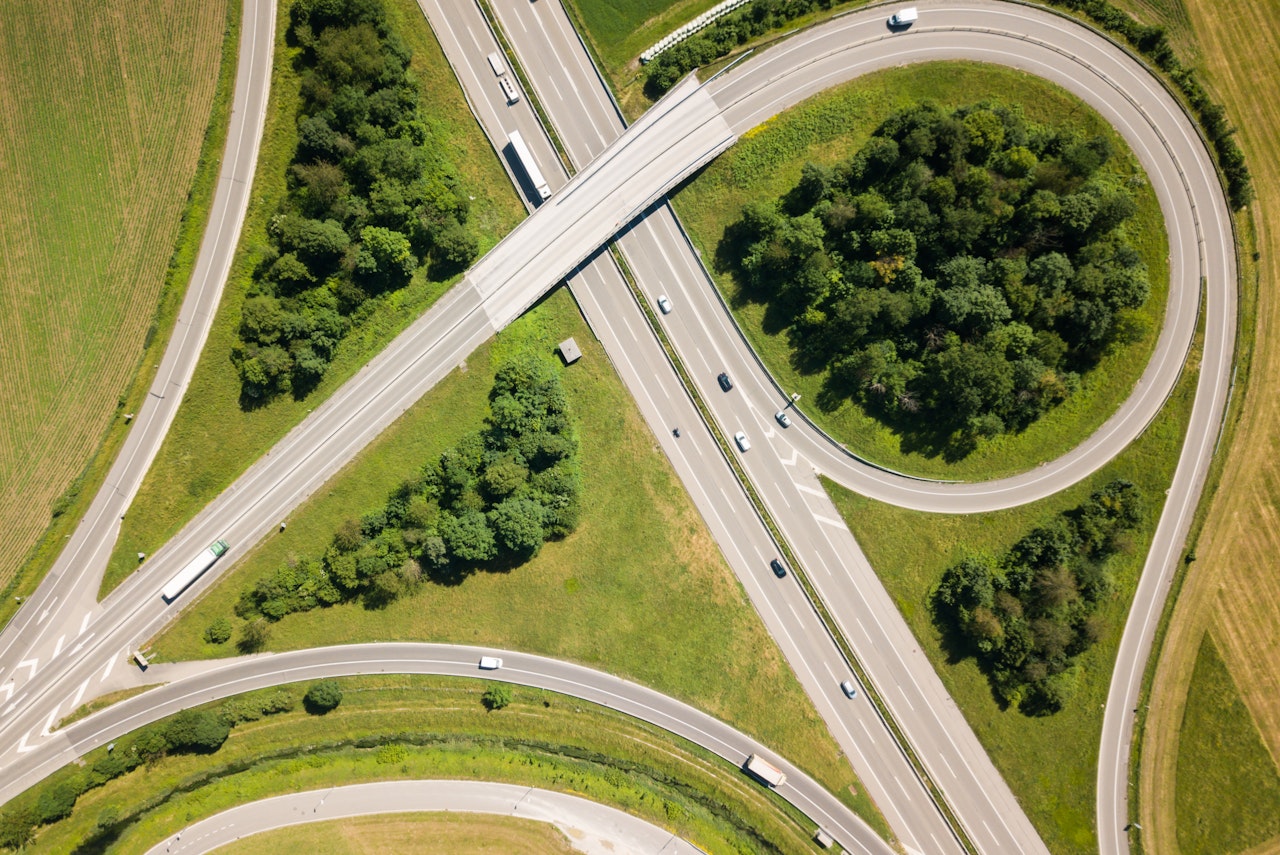Energy Policies of IEA Countries: Switzerland 2018 Review

About this report
Switzerland has the lowest carbon intensity among all IEA countries, owing largely to the carbon free electricity sector that is dominated by nuclear and hydro generation. However, following the 2017 decision of the Swiss people to gradually phase out nuclear power, Switzerland’s energy sector is now undergoing a considerable transition. Filling the gap left by nuclear power closures while maintaining low carbon generation and high standards of supply security will be one of the challenges that Switzerland has to address in its long term energy strategy. The country’s Energy Strategy 2050 maps the way towards a low-carbon economy in which higher energy efficiency and renewable energy sources replace nuclear energy. In this context, the latest IEA review of Switzerland’s energy policies focuses on two critical areas: the design of the electricity market and the climate policy for the post-2020 period. The new energy strategy will require opening the Swiss electricity market and full integration into the European electricity market to meet future energy needs. The IEA encourages the Swiss government to bring ongoing negotiations with the European Union on an electricity agreement to a successful outcome. Switzerland’s carbon dioxide levy on stationary fuels and its automatic upward adjustment have proven highly effective in shifting energy demand from oil towards gas and renewable energy sources. However, more needs to be done to limit emissions from transport.